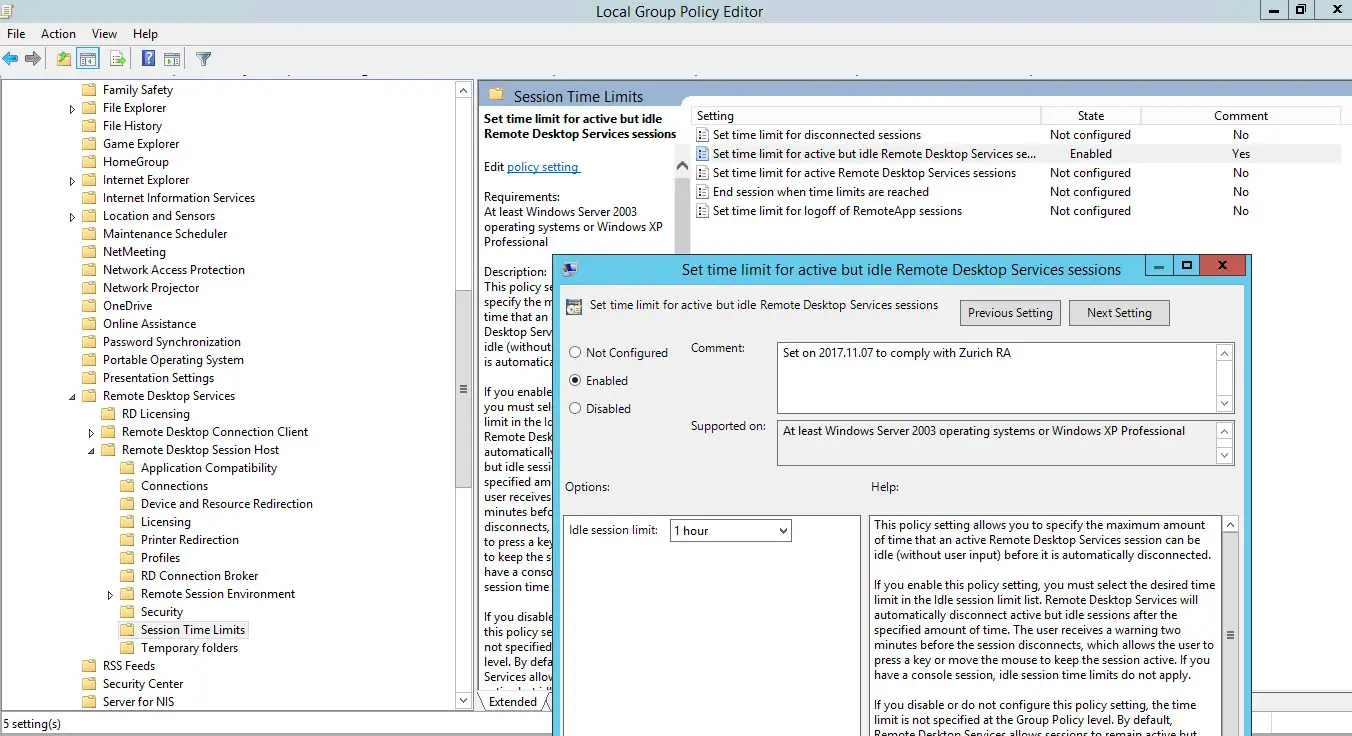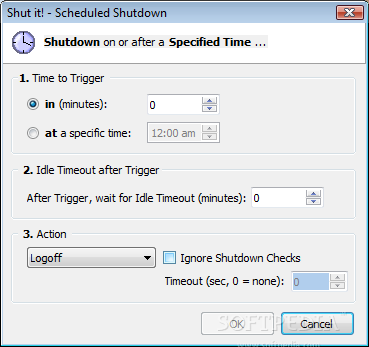
Therefore, in order to introduce the concept of a session, it is required to implement session management capabilities that link both the authentication and access control (or authorization) modules commonly available in web applications: HTTP is a stateless protocol ( RFC2616 section 5), where each request and response pair is independent of other web interactions. See the OWASP Authentication Cheat Sheet. Once an authenticated session has been established, the session ID (or token) is temporarily equivalent to the strongest authentication method used by the application, such as username and password, passphrases, one-time passwords (OTP), client-based digital certificates, smartcards, or biometrics (such as fingerprint or eye retina). Therefore, current web applications can provide session capabilities both pre and post authentication. This ensures the ability to identify the user on any subsequent requests as well as being able to apply security access controls, authorized access to the user private data, and to increase the usability of the application. Additionally, web applications will make use of sessions once the user has authenticated. An example would be maintaining the user language preference. Web applications can create sessions to keep track of anonymous users after the very first user request. Therefore, sessions provide the ability to establish variables – such as access rights and localization settings – which will apply to each and every interaction a user has with the web application for the duration of the session. Modern and complex web applications require the retaining of information or status about each user for the duration of multiple requests. Web Authentication, Session Management, and Access Control:Ī web session is a sequence of network HTTP request and response transactions associated with the same user. Session Management Cheat Sheet ¶ Introduction ¶ Logging Sessions Life Cycle: Monitoring Creation, Usage, and Destruction of Session IDs Session ID Guessing and Brute Force Detectionīinding the Session ID to Other User Properties Renew the Session ID After Any Privilege Level ChangeĬonsiderations When Using Multiple CookiesĪdditional Client-Side Defenses for Session Managementįorce Session Logout On Web Browser Window Close Events Manage Session ID as Any Other User Input Session ID Generation and Verification: Permissive and Strict Session Management That's why in the DOC it says best practice is to set the Idle/Expiration timer 1 minute.Insecure Direct Object Reference Preventionīuilt-in Session Management Implementations however, if my previous mapping has not yet expired then I will not need to re-authenticate when I reopen my browser. When I close my browser my cookie will be deleted. I will only need to re-authenticate if my cookies expires (=1440 minutes as per above screenshot). even if the Expiration/Idle timer expire.

IP Vsys From User IdleTimeout(s) MaxTimeout(s)ġ92.168.200.21 vsys1 CP testuser1 600 600Īs you can see I got an IP user mapping from CP and the 10 minute timers I configured.īecause I am using session cookies, as long as the browser is kept open, I will not need to re-authenticate. You can check this mapping and timers with the 'show user ip-user-mapping all' command show user ip-user-mapping all

When I first open my browser I will be redirected to the CP logon page.Īt the same time I get an ip-user-mapping with the timers specified in the above config.

I configured CP using session cookies and I also configured an expiration and idle timer of 10 minutes :

If you close your browser and if your Idle/Expiration timer is set to 1 hour it will keep the association during that timeframe and you will not be asked to re-authenticate should you reopen your browser during that timeframe.įor example.


 0 kommentar(er)
0 kommentar(er)
